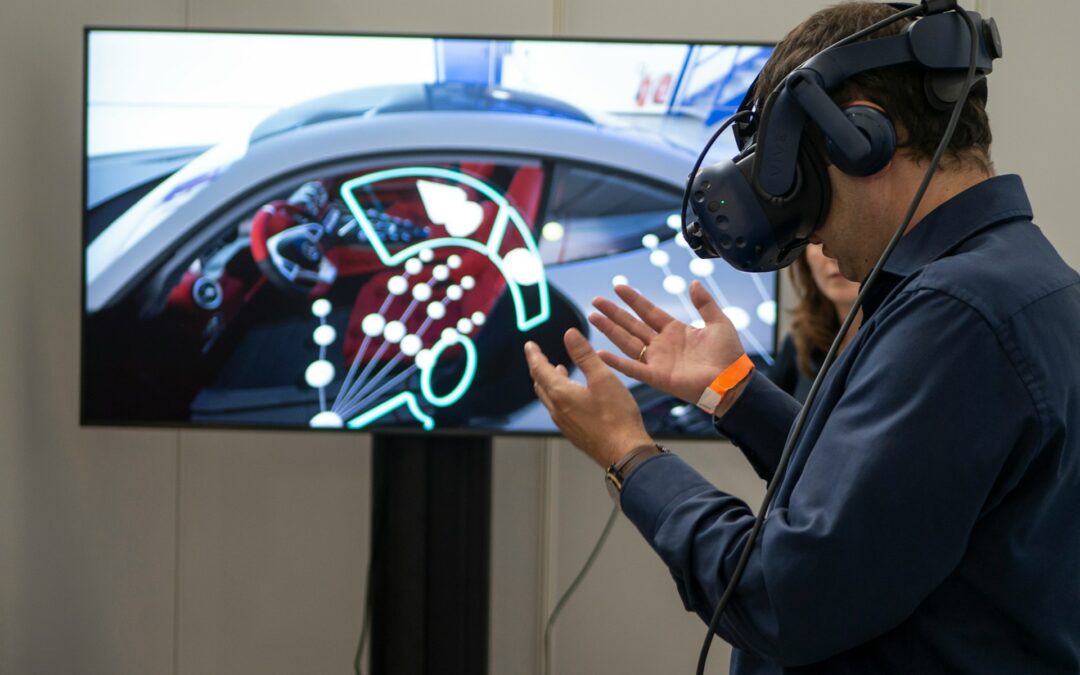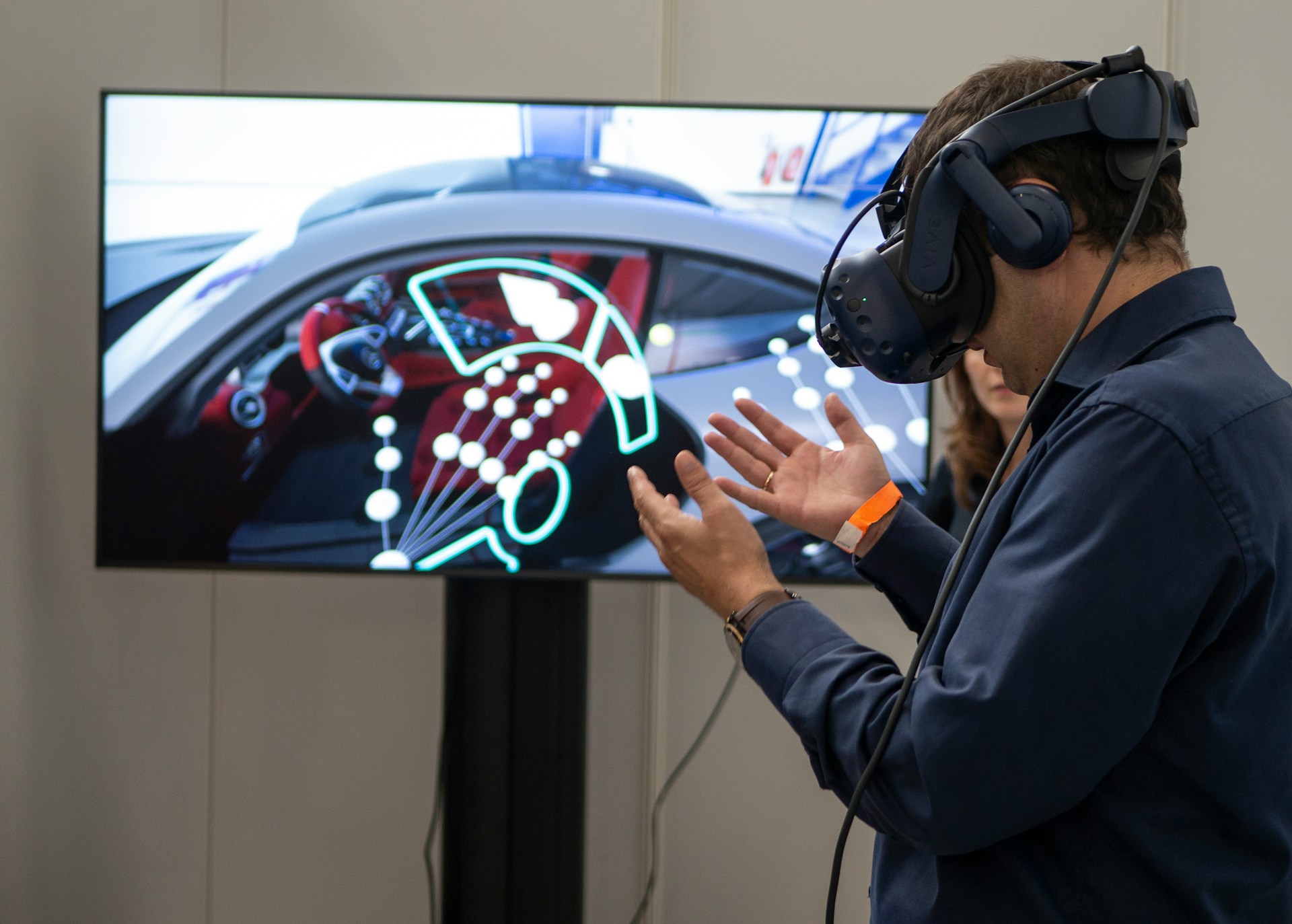Eyes playing tricks on you?
Virtual reality is changing how we ‘view’ the world – and sometimes not for the better, either.
The technology, while opening new worlds for many, also comes with a big drawback for some. That’s due to the sense of nausea it can produce, which is known as Visually Induced Motion Sickness (VIMS). VIMS can also cause vertigo and a general feeling of unease, which increases the longer the headset is worn.
This side effect is due to Visual Vestibular Mismatch (VVM), a conflict between the visual illusion of movement and the lack of such movement by the vestibular system (which oversees our balance) and the somatosensory system (which gives us our sense of touch).
VVM can happen occasionally to everyone. You might have experienced it when that moment of panic hits at the traffic lights when you think your car is moving, but it is the car next to you. Or perhaps large crowds may cause you to feel disorientated.
Those who have had a concussion or suffer from vestibular disorders may experience symptoms to a heightened degree, with overly decorated spaces or busy stores often causing problems.
In the case of VR, most experts recommend limiting the use of a headset to just 15 minutes to avoid VIMS.
If you are a person who experiences motion sickness, or has an issue with their vestibular system for any reason, you may want to avoid it altogether.

